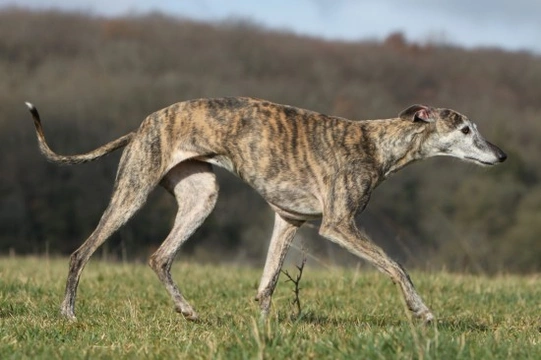Pets
Pets for studWanted petsBreedersAccessories & services
Knowledge hub
Support
Support & safety portal
Vulnerable native UK dog breeds - The Hound Group
While dog ownership within the UK is more popular today than it ever was, the fact remains that a significant number of UK dog breeds are considered to be “vulnerable,” or at risk of dying out entirely over the coming decades.
To be classed as a vulnerable native dog breed, the criteria involves the breed in question being one that originated within the UK or Ireland, and that produces less than 300 new puppies every year as registered by the UK Kennel Club. The Kennel Club conducted extensive research in 2003 as to the birth rate and numbers of dogs of each breed currently recognised in the UK, and now compiles a list annually to highlight the UK native breeds within which birth rates have declined to the point of being vulnerable.
Many breed-specific dog breed organisations and The Kennel Club (UK) itself seek to promote public awareness of at-risk dog breeds within the British dog loving population, in order to attempt to raise the profile of the vulnerable breeds, increase interest in ownership of these dogs, and promote breeding programmes.
Five groupings of dogs are currently considered to contain at-risk or vulnerable breeds: These are the hound group, the terrier group, the toy group, the pastoral group and the gundog group.
In this article, we will introduce you to the vulnerable UK native dogs within the hound grouping.
The Bloodhound
The Bloodhound is a large hound with a long history of usage as a working dog, and a specific talent for scenting and tracking people. They have a very keen sense of smell and a very single-minded concentration, which enables them to track their quarry over wide and varied terrain and even over water and in adverse conditions.
They are commonly utilised by law enforcement and search and rescue organisations to search for both fugitives and missing persons. They have even been used to help to trace lost pets!
In 2011, the number of newborn bloodhound puppies registered dropped to just 59 individual dogs, mirroring a pattern of decline that has been charted since 2002 when the first vulnerable native breed records were collated.
The Greyhound
It may come as a surprise to many people to learn that the Greyhound makes the vulnerable list, when you take into account the popularity of Greyhound racing and the number of older greyhounds offered up for rehoming by Greyhound rescue centres. But many of the Greyhounds you will see out and about today may be unregistered or not fully pedigree Greyhounds, or Lurcher types, a Greyhound crossbreed. The Greyhound is the fastest dog breed in the world, achieving speeds of up to 43mph when running flat out!
While thirty or so years ago, Greyhounds were commonly kept as combination racing dogs and pets, Greyhound racing itself has fallen in popularity over the last couple of decades, and in 2011, just 14 new Greyhound puppies were added to the pedigree Greyhound register of dogs.
The Otterhound
The Otterhound is definitely one of the rarest extant dog breeds in the world, with just 1,000 dogs of the breed thought to remain worldwide. If you have ever seen an Otterhound in the flesh, you should count yourself as very privileged! The Otterhound is a large, shaggy-coated scent hound, traditionally used for hunting otters when otters were considered to be a destructive species that was often classed as vermin. The European otter, the Otterhound’s historic prey, has itself been declining in numbers since the 1950’s due to climate change and the destruction of their natural habitats, and environmental groups are currently working to re-populate areas that historically would have played home to large otter populations.
The Otterhound itself registered just 38 new puppies of the breed during 2011, making the hound more vulnerable to extinction than its historical prey. The Otterhound is in fact considered to be twice as rare as the Giant Panda, of which just 1,500 individual specimens are estimated to remain in the wild.
The Scottish Deerhound
The Scottish Deerhound, often simply referred to as just the “Deerhound” was bred as a hunting dog to course for Scotland’s red deer. Like the Otterhound, the decline in the population of the red deer, the Scottish Deerhound’s historical prey, led to demand for the dogs themselves falling and a decline in their numbers. The Scottish Deerhound is a keen sight hound with a long history of working with man, and records indicate that the original ancestors of the Scottish Deerhound were kept as early as the first century A.D. The Scottish Deerhound is closely related to the Irish Wolfhound, and shares some of the physical traits of both the Irish Wolfhound and the Greyhound.
In 2011, 237 Scottish Deerhound puppies were born and registered, a number that has remained stable if low for the best part of the last ten years.



